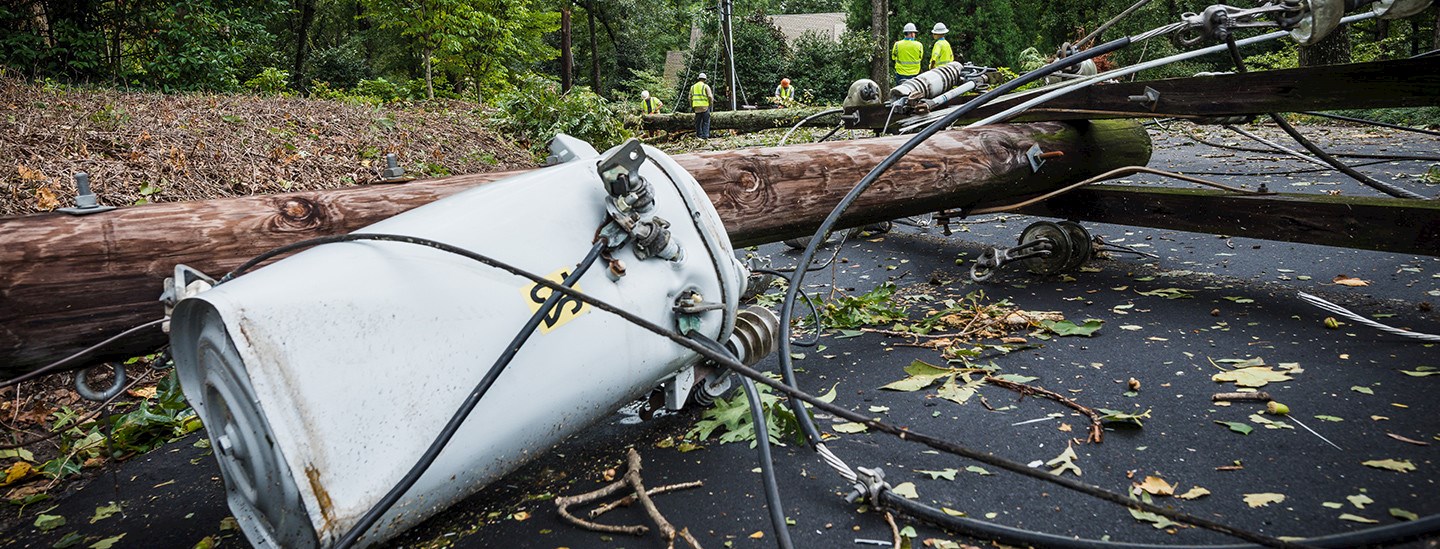When a power outage occurs unexpectedly, it is important to understand the impact it can cause — either business interruption to your organization or possible damage to your home and property. An extended power outage has the possibility of affecting not just your building but your community.
Because power outages, such as blackouts or brownouts, are mostly unpredictable, having an emergency preparedness plan means that you, employees, tenants and loved ones will be ready for any natural disaster. Gallagher provides the guidance to help minimize the inconvenience and potential damage to your business during power failure, as well as prepare you in safeguarding your home and property.
- Blackout vs. Brownout
- Before a Blackout Occurs: Review your Policies and Coverage
- Pre-Planning: Prepare your Business or Home before a Blackout
- What to Do During a Blackout
- Post-Blackout Recovery Guidelines
- Filing an Insurance Claim after a Blackout
- Essential Resources for Blackout Preparedness
Blackout vs. Brownout
The demand for electricity is always fluctuating, and electric/power companies must produce the right amount of power for areas at the right levels. But when demand is higher than what electric companies can produce, they may stagger the flow of electricity to certain areas causing a brownout. These intentional brownouts, lasting anywhere from a few minutes to several hours, continue until power levels are fully restored, reducing the flow of electricity to certain areas to help prevent a blackout.
A blackout is a large-scale energy service interruption that occurs as a result of severe weather or equipment failure at power plants. Smaller electricity interruptions, known as "power outages," are instances in which power is restored fairly quickly. Similar to brownouts, "rolling blackouts" are also timed instances in which electric companies spread these outages to ease the strain on an overtaxed electrical grid. Both blackouts and rolling blackouts are different from "planned outages," which are scheduled and announced in advance, often to allow for equipment maintenance.
Before a Blackout Occurs: Review your Policies and Coverages
If you live in an area prone to blackouts or brownouts, it is never too early to contact Gallagher and ensure you have the appropriate coverage, update your current property information, and review what is covered with your current policy.
Pre-Planning: Prepare your Business or Home before a Blackout
Awareness and preparation are key factors in minimizing risks during a blackout. By understanding your vulnerabilities and proper planning, you can reduce the effects to your business, home or personal property, and ensure the safety of your family and loved ones.


